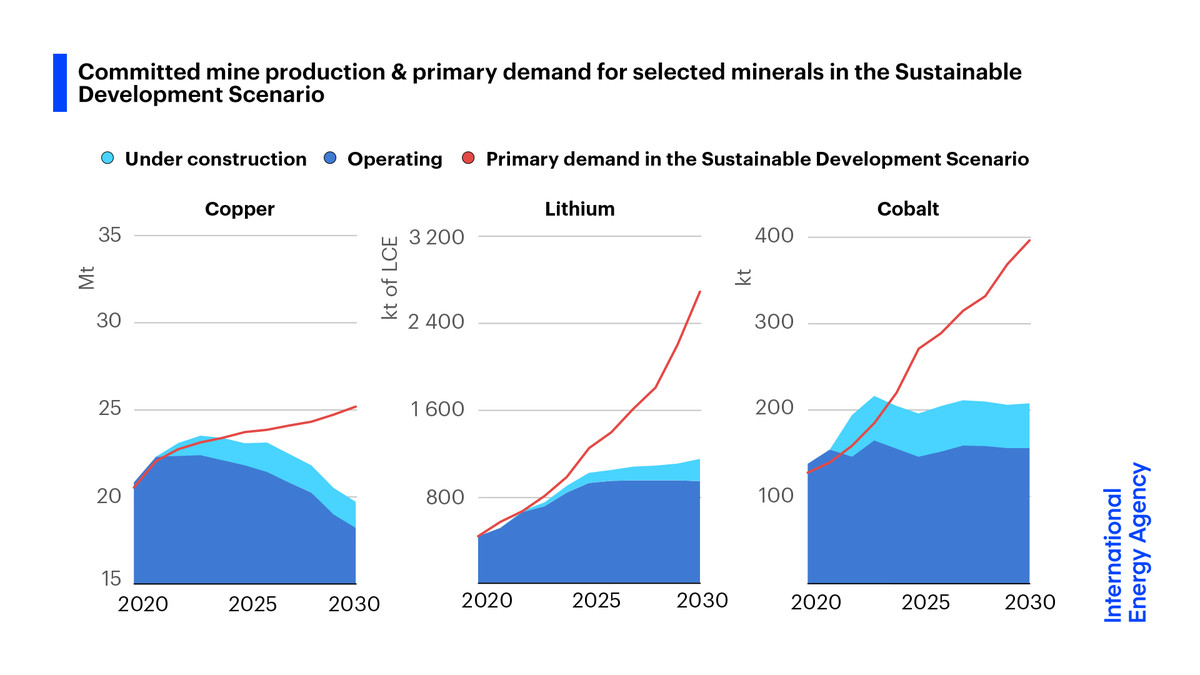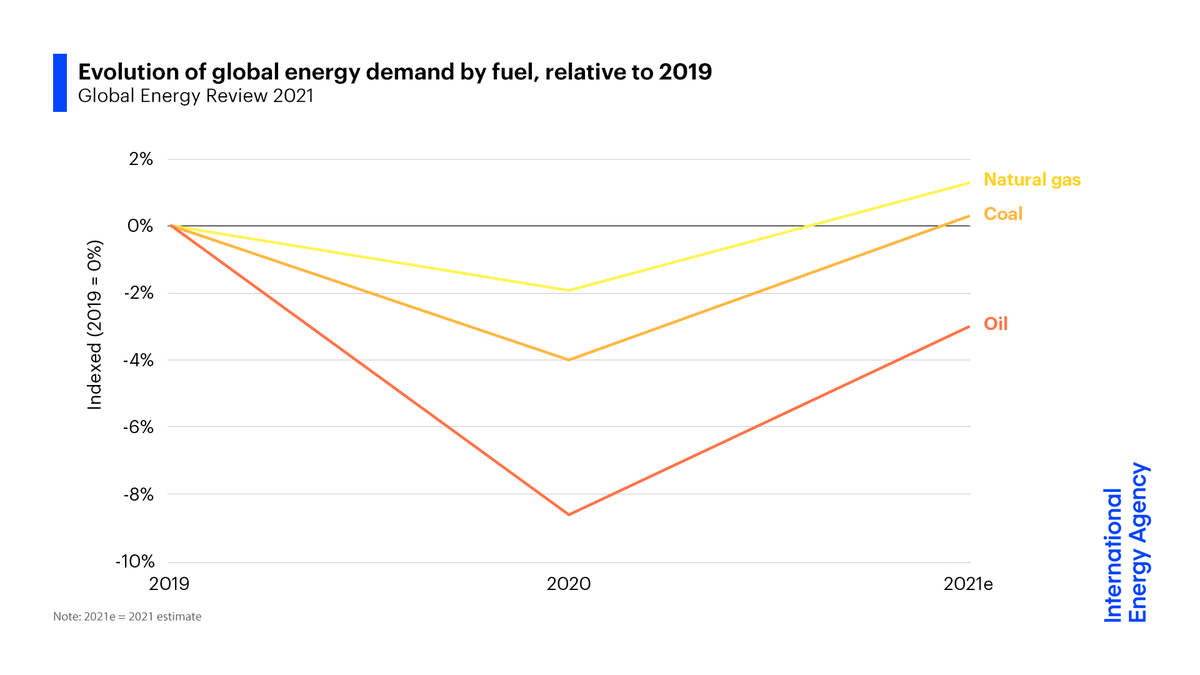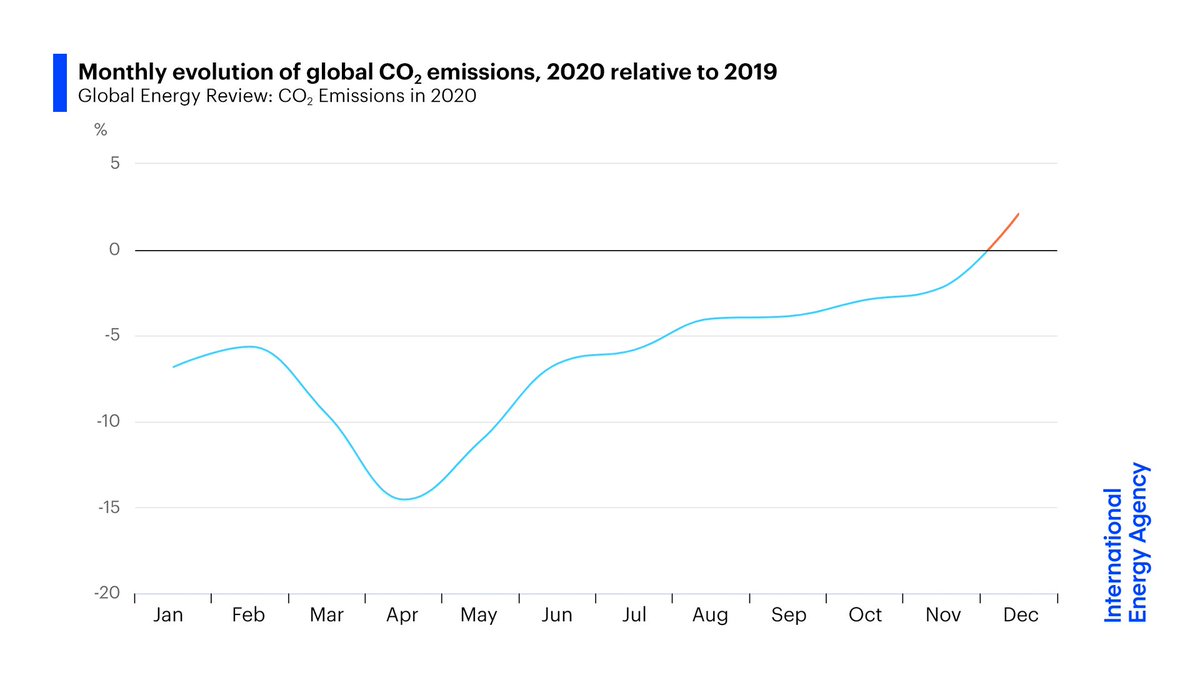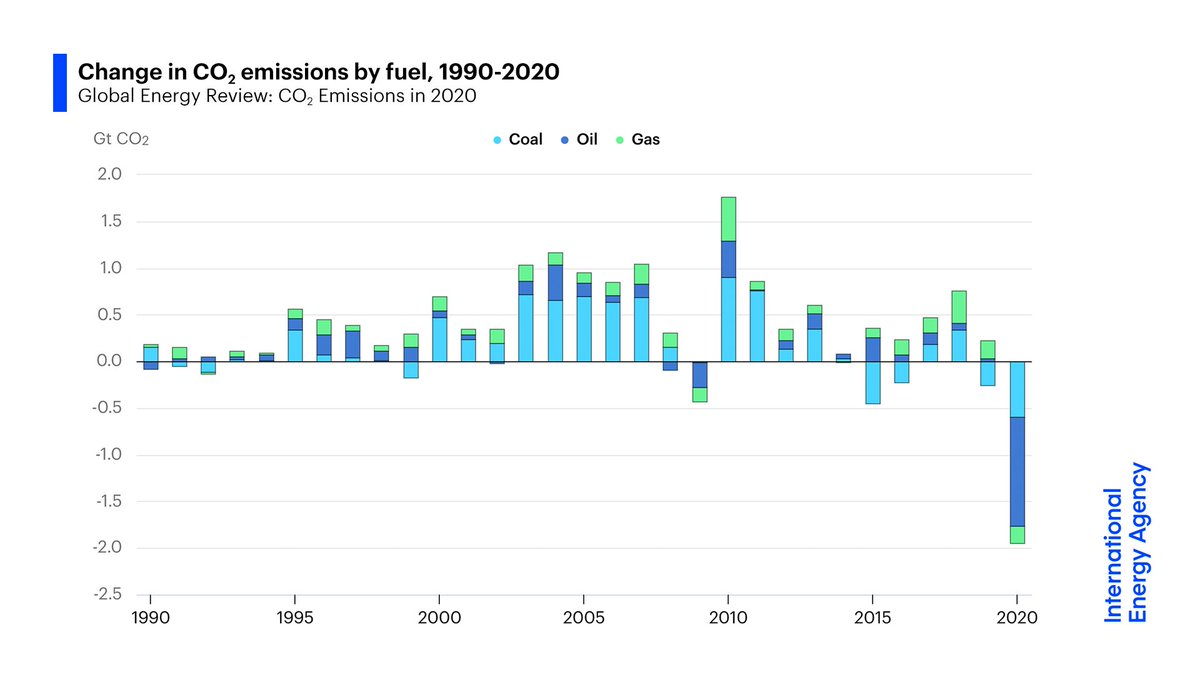
We just launched @IEA’s new Sustainable Recovery Tracker to measure how governments’ responses to the Covid-19 crisis are affecting clean energy investment & CO2 emissions.
It shows that only 2% of fiscal support goes to clean energy transitions ➡️ iea.li/2UYzbm9
It shows that only 2% of fiscal support goes to clean energy transitions ➡️ iea.li/2UYzbm9

The amount of total clean energy investment mobilised by governments' recovery measures to date falls far short of what is needed to put global CO2 emissions on a path to reach net zero by 2050.
CO2 emissions are set to rise to an all-time high in 2023 👉 iea.li/3eCajHA
CO2 emissions are set to rise to an all-time high in 2023 👉 iea.li/3eCajHA
Our new Tracker monitors government spending & the clean energy investment it mobilises on 30+ measures in our Sustainable Recovery Report, covering 800 recovery policies in over 50 countries.
Explore them online today ⬇️ iea.li/3kOwWNd
Explore them online today ⬇️ iea.li/3kOwWNd
Though recovery plans have helped boost clean energy investment 30% over historic levels, stark geographic disparities in spending are appearing
Sustainable recovery spending is significantly lower in emerging & developing economies, where clean energy investment is needed most
Sustainable recovery spending is significantly lower in emerging & developing economies, where clean energy investment is needed most

The @IEA’s new Sustainable Recovery Tracker is one of our contributions to Italy’s Presidency of the @g20org. I will present the key takeaways at the #G20 Ministerial in Naples this week.
The message is clear: We need strong action on clean energy now – there's no time to spare
The message is clear: We need strong action on clean energy now – there's no time to spare

• • •
Missing some Tweet in this thread? You can try to
force a refresh

















